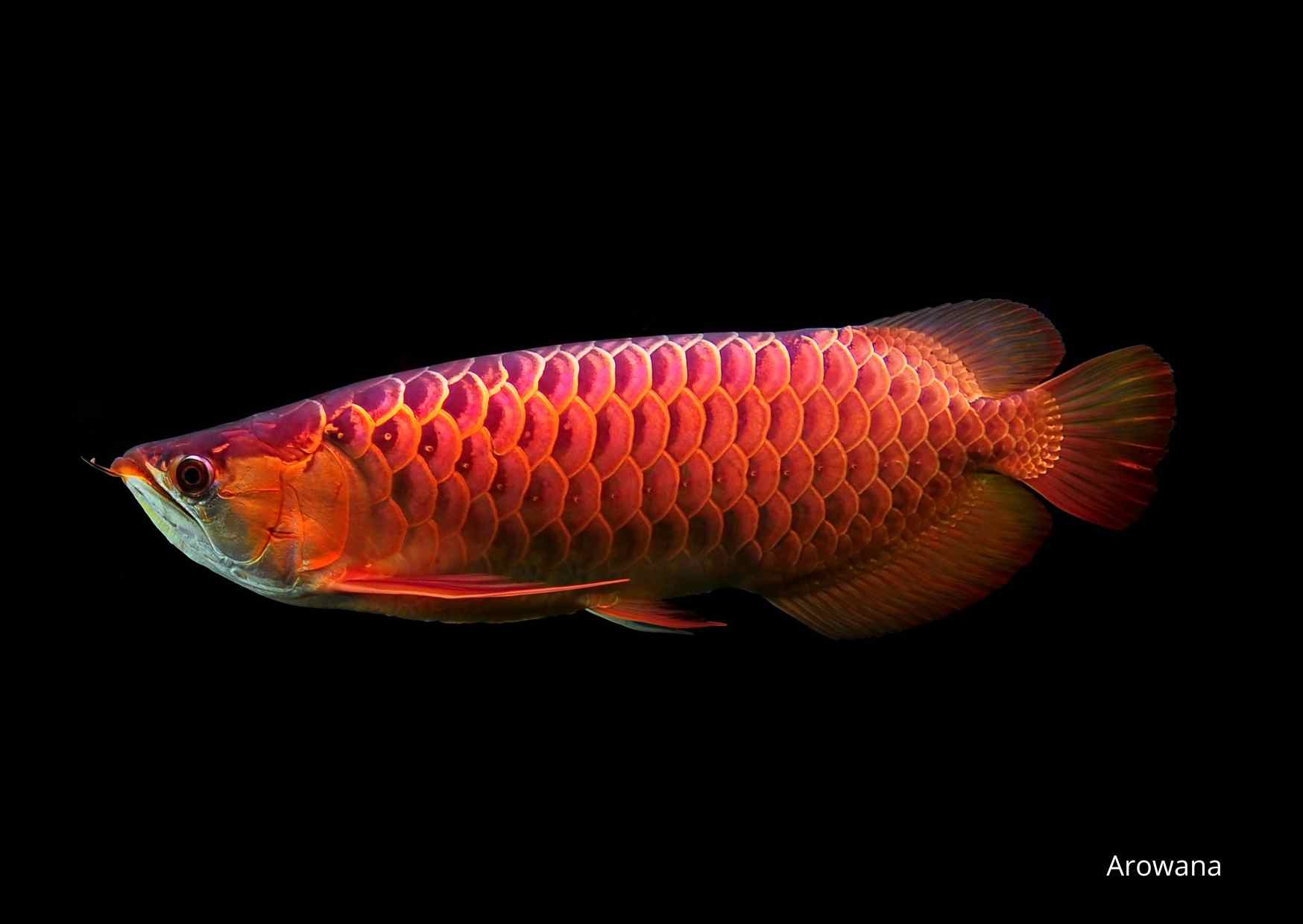The price of beauty. The book "The Dragon Behind the Glass" reveals the dark side of the arowana trade, fish that are highly prized for their beauty and symbolism. Their story is a reminder of the impact of human desire for rarity and beauty on the environment.
The book itself starts with a murder over this highly prized fish, and the taste of the black market and tough business actually runs through the entire work. The author excellently points out the connections and is not afraid to delve into history, scientific findings, and, for example, proven frauds for the purpose of making a name in the ichthyological field. Did you know, for example, that Dr. Axelrodi, after whom the Paracheirodon axelrodi is named, had several lawsuits?
The reader visits luxurious Asian residences where arowanas are kept, looks at the VIP exhibition of these giants in Singapore, but also wades through the jungles of Southeast Asia. The immense desire to own this predator is very well portrayed. For example, the value of the arowana is not only financial, but within Feng Shui, it brings readers to understand superstitions and the significance of symbols in Asian cultures. The demand for arowana is worldwide and greatest for free-living specimens. Where arowanas are kept, the walls are surrounded by barbed wire. Voigt also mentions a story when a Chinese merchant came to a village in Borneo, brought a generator with him, and showed a movie to the locals. Before the movie ended, he caught all the arowanas he could. That movie was Rambo.
Through her investigation, Voigt raises fundamental questions about nature conservation, the ethics of the pet trade. Why are people so fascinated by what is rare? What consequences can including animals in CITES (Convention on International Trade in Endangered Species of Wild Fauna and Flora) have? An example is the situation when adding species to the CITES list rapidly increased demand.
The story about arowana is a demonstration of the overall impact of human actions on more than one species, significantly modifying the original environment. For example, traveling through Borneo, one realizes how huge a part of irreplaceable nature had to give way to palm groves.
Although it is primarily an exciting story about expeditions in Asia, but also in the Amazon, "The Dragon Behind the Glass" is a reflection on biodiversity and human impact on the environment. It challenges readers to consider the complex relationships between people and animals and the extent to which we are willing to go to satisfy our desire for the rare and beautiful.
In conclusion, Emily Voigt's work is a captivating combination of careful journalism and passionate storytelling. It is a book that everyone interested in history and also the conservation of wild nature should read. For me, the book is very readable, but mainly educational. This makes it a treasure for readers that should not be missed.


